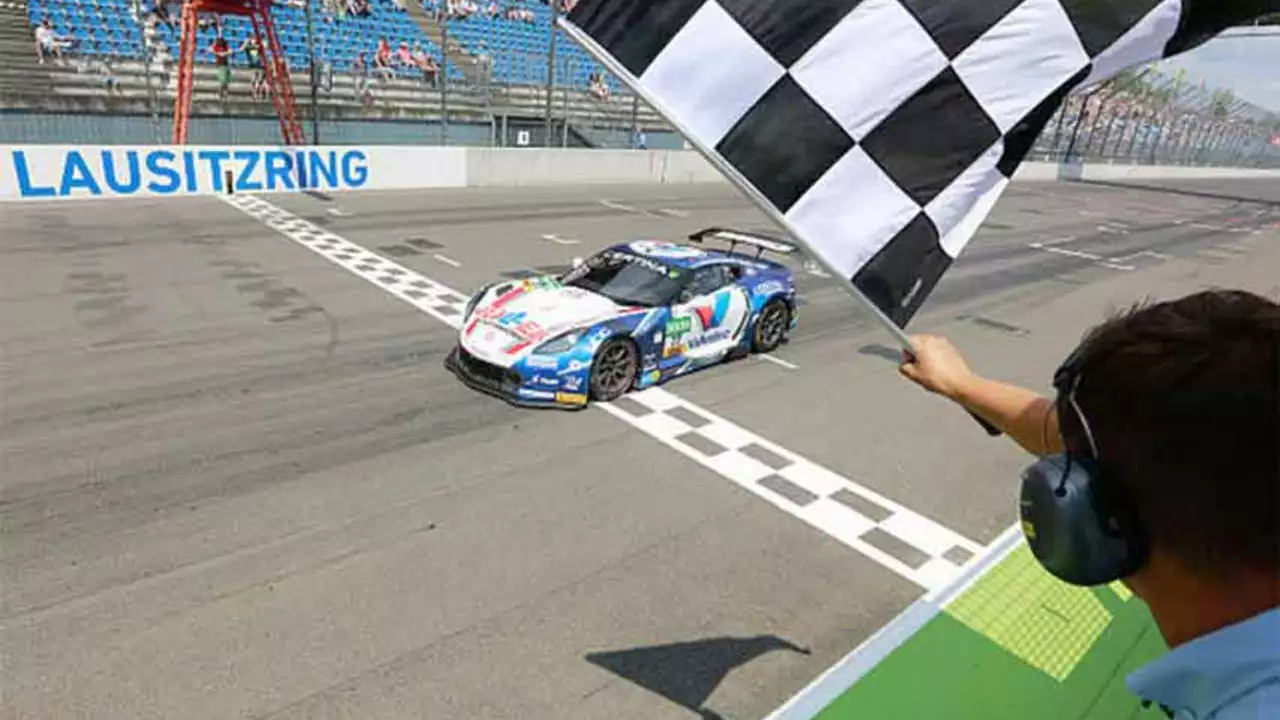Racing Strategy: How to Win More Races
If you’ve ever watched a Volvo sprint past the competition and wondered what they did differently, the answer is usually a solid race plan. A good strategy isn’t magic – it’s a checklist of things you can control before, during, and after each lap. Below are the basics that any driver, from club racers to seasoned pros, can start using today.
Know Your Track Inside Out
First thing’s first: study the circuit. Look at the layout, note every corner, straight, and elevation change. A quick lap on a simulator or a video replay can reveal where you can brake later, where you can carry more speed, and where you must be gentle with the tires. Write down the braking points and the apexes you’ll hit. When you’ve got those markers, you’ll spend less time guessing and more time executing.
Don’t ignore the weather either. A wet track means less grip, so you’ll need to back off a little on entry speeds and maybe change your tire pressure. Even a light breeze can affect the car’s balance on the longest straight. Knowing how external conditions tweak your laps lets you adapt on the fly instead of getting caught off‑guard.
Manage Your Car Like a Pro
Your Volvo’s engine, brakes, and tires are the three pillars of any race. Keep an eye on fuel consumption – running out halfway through a stint is a cheap mistake. Use the car’s data readout to see how many laps you can stretch on a full tank, then plan your pit stops around that number. If you’re racing in a class with weight limits, shedding extra ballast can give you a noticeable boost on the straights.
Brake wear is another silent killer. If you notice the pedal feeling spongy, it’s time to think about a pit stop earlier than you planned. Too aggressive braking will heat the pads and cause fade, costing you precious seconds each corner. Balance your braking pressure across the corners; a smooth approach often beats a hard, late stop.
Tire temperature is the third piece of the puzzle. Warm tires give you grip, but overheated tires lose it fast. Aim for a steady temperature window – usually around 80‑90°C for most slicks – and adjust your driving style if the numbers drift. A quick pit to change a tire that’s past its prime can save you from a crash or a slow lap later.
Putting these three together – track knowledge, fuel management, and tire/brake care – creates a framework you can tweak for any race. The more you practice the routine, the more instinctive it becomes, and the less you’ll have to think about each detail while you’re on the line.
Finally, review your data after every event. Look for laps that were faster or slower than expected and ask why. Did you miss a braking point? Was the tire pressure off? Small tweaks add up, and over time you’ll see noticeable improvements without spending extra money on upgrades.
Remember, racing strategy isn’t a one‑size‑fits‑all list. It’s a living set of habits that you tailor to your car, your track, and your own driving style. Start with these basics, stay consistent, and watch your lap times drop. Happy racing!

